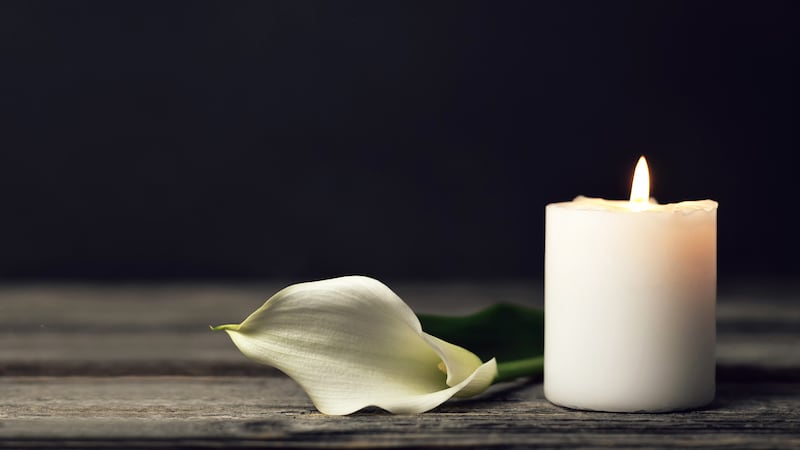ORLANDO, Fla. — You’ve probably seen them in stores shortly after Christmas ended -- lots of Valentine’s Day chocolates and roses ready and stocked.
But where do these millions of flowers come from? Where do they grow?
Roses are a $20 billion business. Sixty percent of the flowers sold in the U.S. come from Colombia or Ecuador. To meet the high demand for the date, these flowers are grown in greenhouses and flown right to Miami International Airport. Each plane brings $1 million worth of roses or about 300,000 roses. Soon after their arrival, they are placed in a 40-degree warehouse (those rising Florida temperatures come back into play, here) so they can be inspected by federal agents before heading to stores.
Just to meet the demand in the U.S., 100 million roses are grown for Valentine’s Day, and that produces about 9,000 metric tons of CO2.
Central Florida: Valentine’s Day weather forecast
How about another favorite, chocolate?
Chocolate factories reach all-time-high sales (and production) in February, but it starts well before the factories are put to work, in the cocoa trees growing in regions where chocolate would melt in your hands.
Cocoa has a very unique and specific growing conditions. Temperatures have to be uniform, there must be high humidity and abundant rain, the soil has to be rich in nitrogen and there mustn’t be too much wind. Rain forests are a prime environment for cocoa growth.
Ironically, the danger doesn’t come directly from warming temperatures, but from increasing evapotranspiration. Evapotranspiration is the process by which water is transferred from the land to the atmosphere by evaporation from the soil and other surfaces and transpiration from plants. More specifically, as the plants in the rain forests release more water due to higher temperatures, the moisture loss will not be replenished at the same rate by rainfall.
Adaptation is the key. Since we are looking at a deadline of 2050, there is still a bit of time to adapt and change so that we and future generations can continue enjoying chocolate treats. There remains time for cocoa farmers to continue making a living by meeting global demand and maintaining the habitats in which they farm.
If you are not into the chocolate or roses and just want to celebrate with a glass of bubbly, here are some Champagne facts:
- Champagne sold in the U.S. cannot be called Champagne unless it is made from the actual grapes grown in the Champagne region of France (not Illinois).
- Although the warming temperatures have increased the quality of wine production, the rate of warming continues to accelerate at a very fast pace. This means that the projected 2°C/3.6°F rise in temperatures by mid-century would push the Champagne region out of its peak production climate.
- Wine and champagne production will have to continue moving northward in order to continue growing and keep the quality of the products. But, many industries and cities such as Champagne in France and even national wineries will have to adapt to the changes, potentially losing millions and directly affecting their workers. Even you, the celebrant, will be affected.
© 2020 Cox Media Group







